5 best practices to limit lost completions in SCORM courses
Rustici Software
FEBRUARY 22, 2023
SCORM 2004 requires a good exit for rollup to occur. While early standards had the LMS handling rollup, SCORM 2004 grants that “power” to the course, so that “good” exit is an indicator to the LMS that the data is ready to be rolled up. I may still be hung up on a show that premiered in 2005, but it’s 2023.

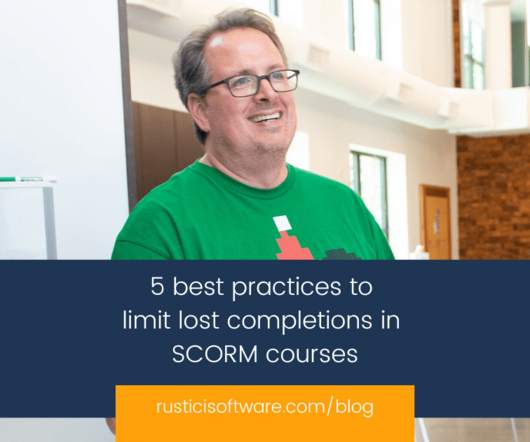
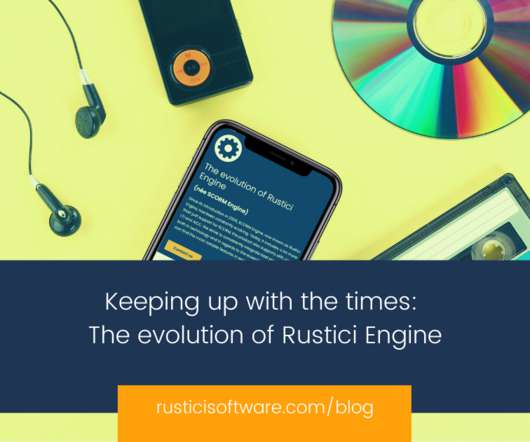








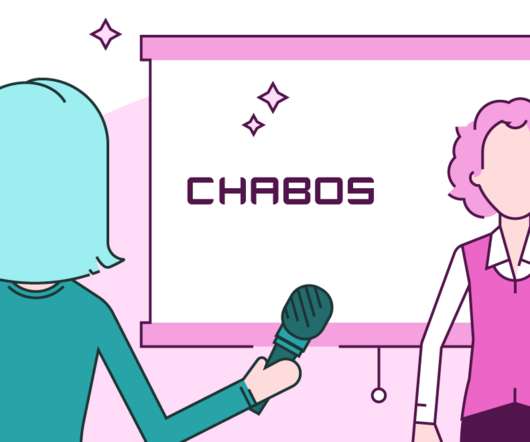


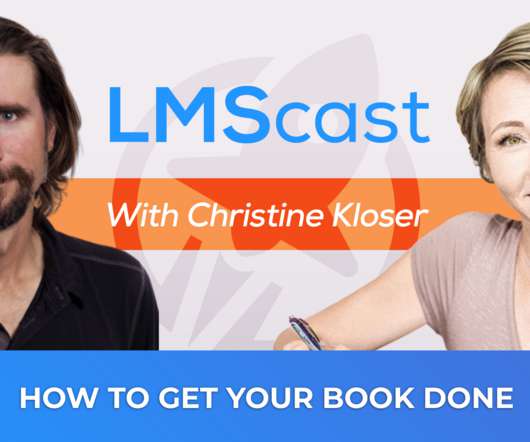



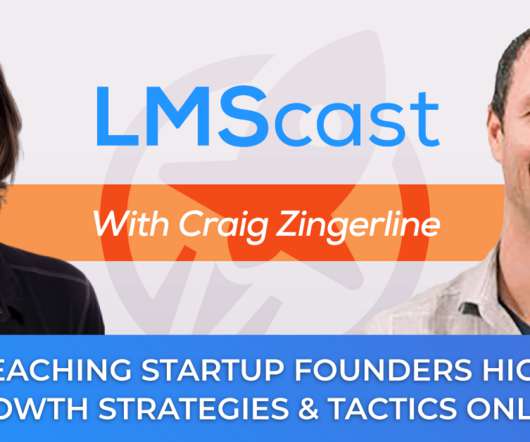










Let's personalize your content